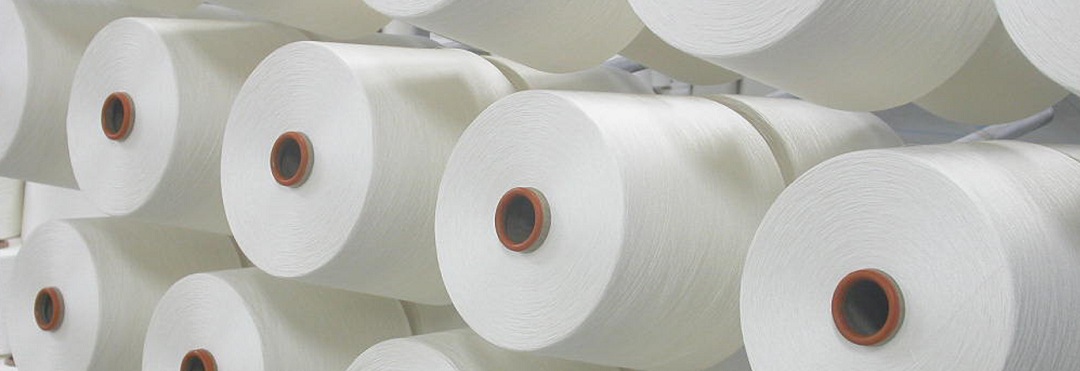

Forming Yarn
The yarn is a continuous strand which is made up of filaments or fibers. It is used to make fabric/textiles of different kinds. Yarn formation methods were originally developed for spinning of natural fibers including cotton, linen, wool, and silk.
Picked cotton must be turned into yarn before it can be woven into fabric. Cotton is pluck from the cotton plants then clean it as well as trash & impurities are removed. Large bales of cotton fiber are then transferred to spinning mills. Spinning mills convert fiber in to yarns i.e. thread. These yarns or thread cones are moved to Weaving.
Spinning
Spinning is the twisting together of drawn-out strands of fibers to form yarn, and is a major part of the textile industry. ... There are several industrial processes available to spin yarn, as well as hand-spinning techniques where the fiber is drawn out, twisted, and wound onto a bobbin.
Weaving
Weaving is a process of interlacing yarns to make into fabric. Cotton yarns are placed vertically on a mechanical weaving loom. The machine weaves horizontal rows of yarn across the vertical yarns, creating woven fabric. Different types of cotton fabric require different weaves, most use a basic over and under weave structure.
Knitting
Cotton yarns can also be knit into fabric instead of woven. Machines create long rows of yarn loops knit together with perpendicular rows of more loops. The end result is similar to that of weaving vertical and horizontal lines of loops are connected, forming a flat surface of fabric.
Smoothing
Once the fabric is woven or knitted, it is passed through an industrial version of an iron metal plates that smooth wrinkles, disperse threads and remove lint. The fabric needs to be flat and smooth to absorb the dye or chemical treatment that follows. Once it’s flat, the fabric is pretreated with hydrogen peroxide to remove any natural color and make the dyeing process easier.
Dyeing and Printing
Smooth fabric is dipped into a vat of single color dye and squeezed through padded rollers. If the fabric is scheduled to have a print, it then passes beneath a roller that’s engraved with the print and implanted with dye. On such a roller, up to ten colors can be printed at once. Once all color has been imparted, the fabric is then sent to an oven where the heat will sear the dye into place.
Finishing
Special finishes can be applied to make the fabric water resistant, shrink resistant or flame retardant. Some finishes are for appearance only, making the fabric matte or glossy. Machines apply the finishes with sprayers, brushes and rollers. Once any desired finishes have dried, the fabric is ready to be shipped to the user. Approximately 57 percent of cotton fabric is used for clothing, with the remainder being used for home furnishings and industrial products such as tarps, book binding, zipper tape and medical supplies.






